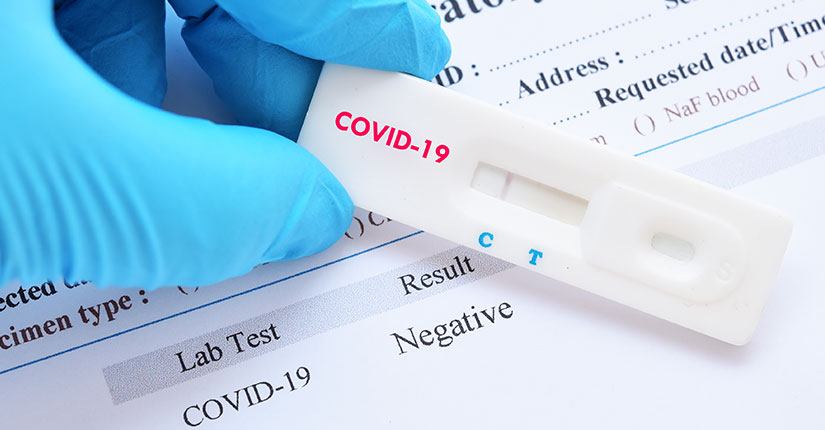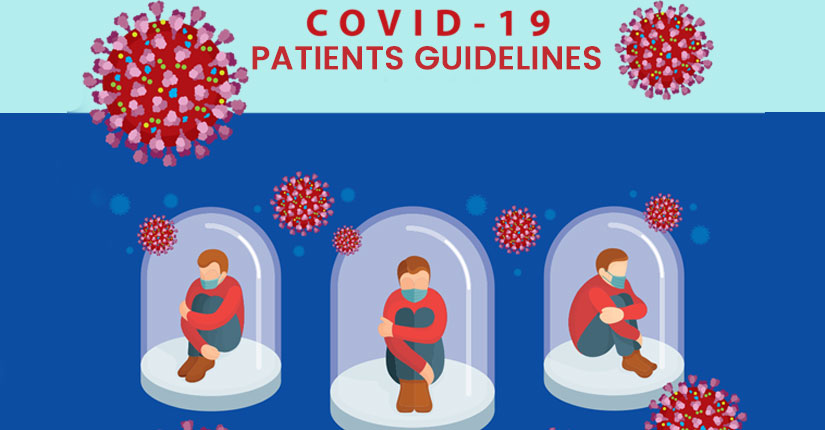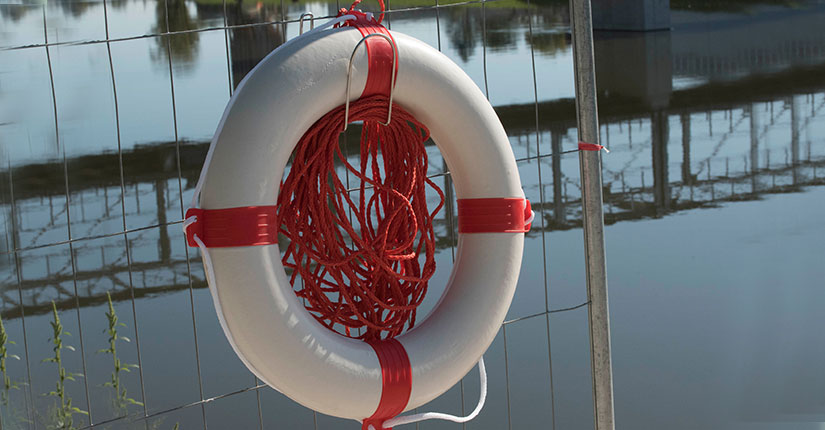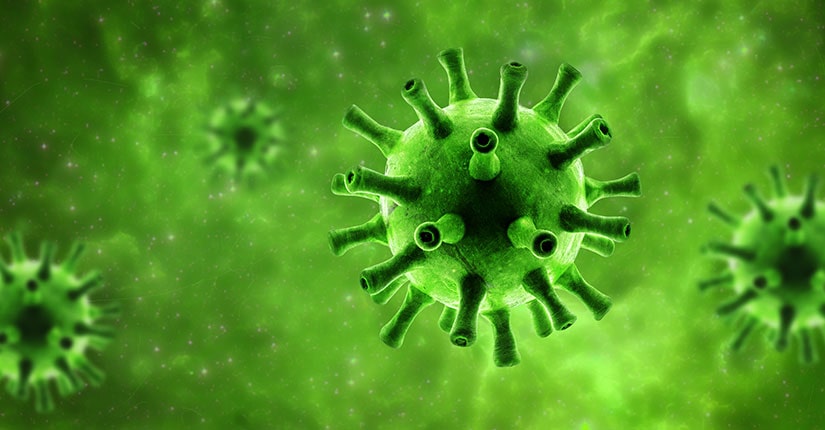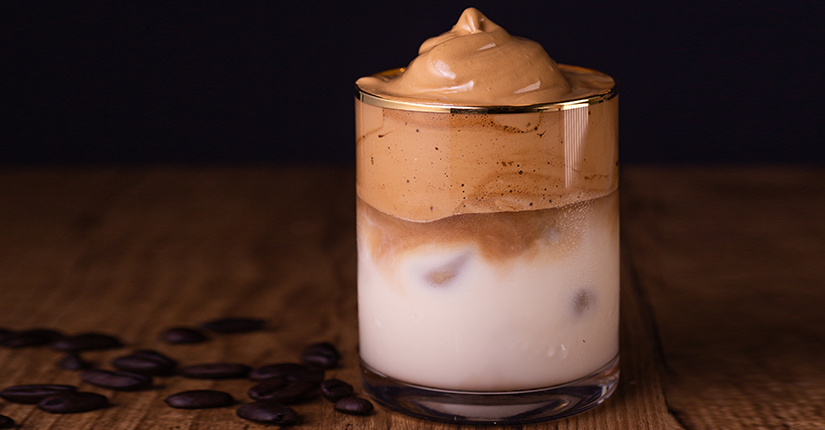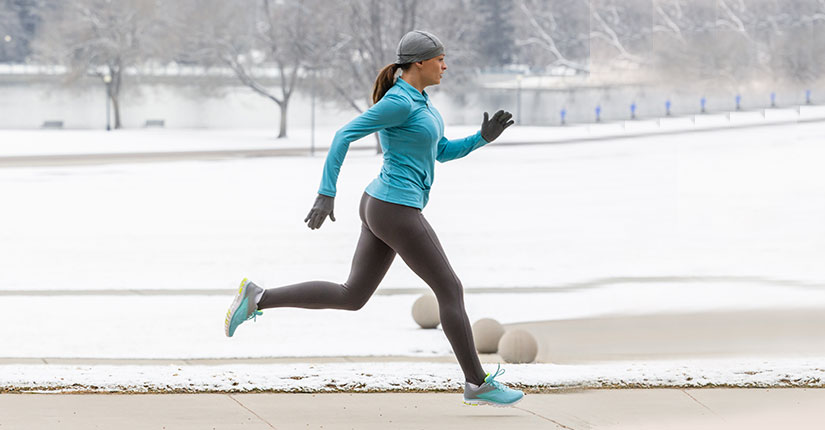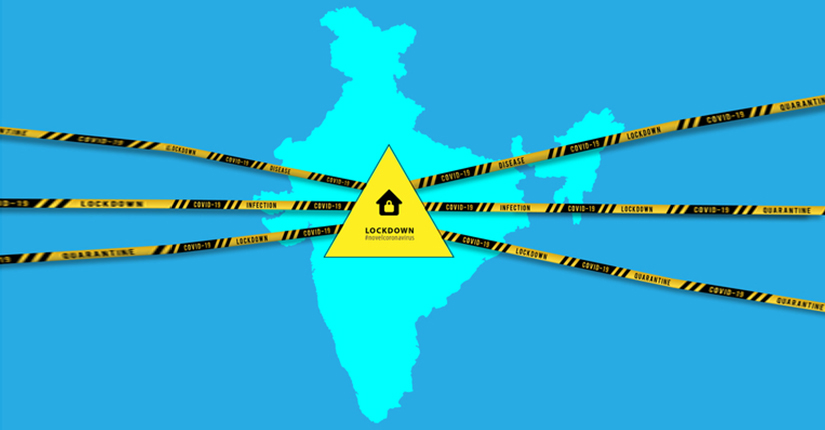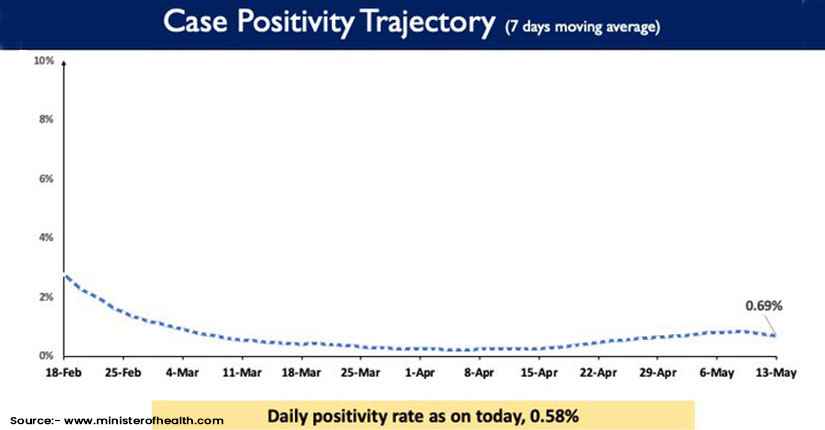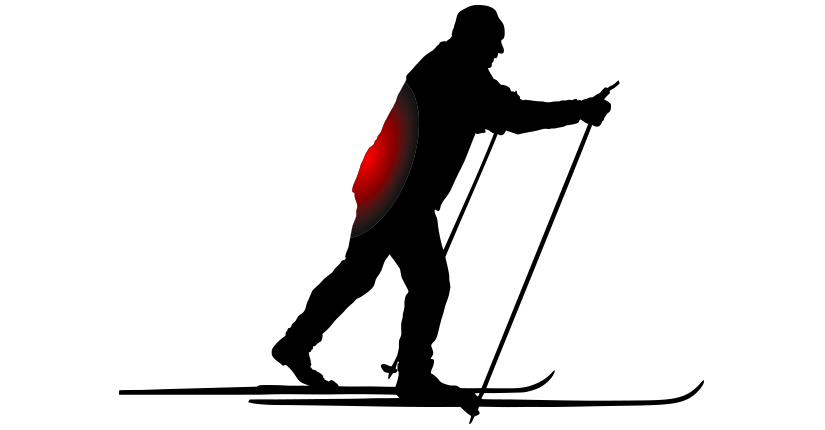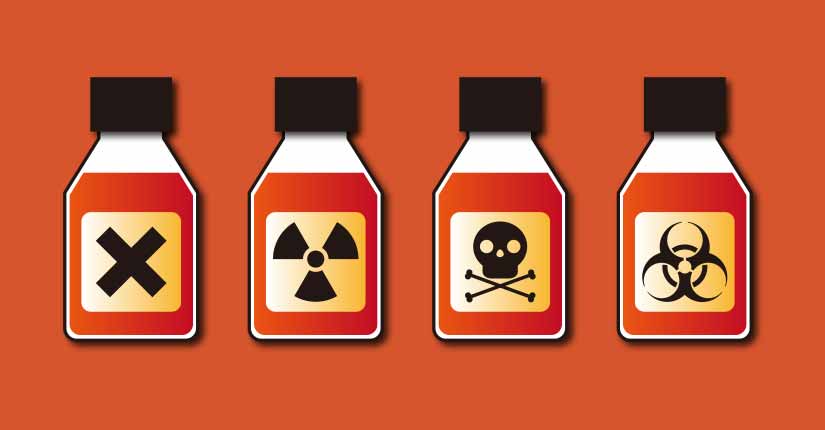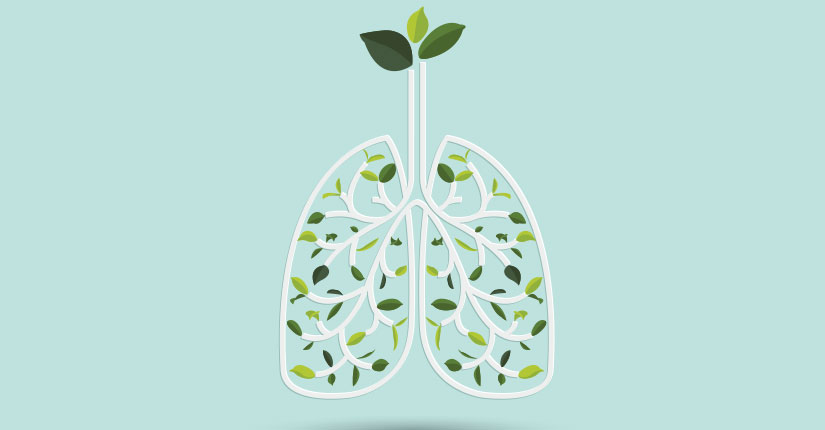Will the Monsoon Affect the Coronavirus Outbreak?
By Nmami Life Editorial 22-Jun 2020 Reading Time: 8 Mins
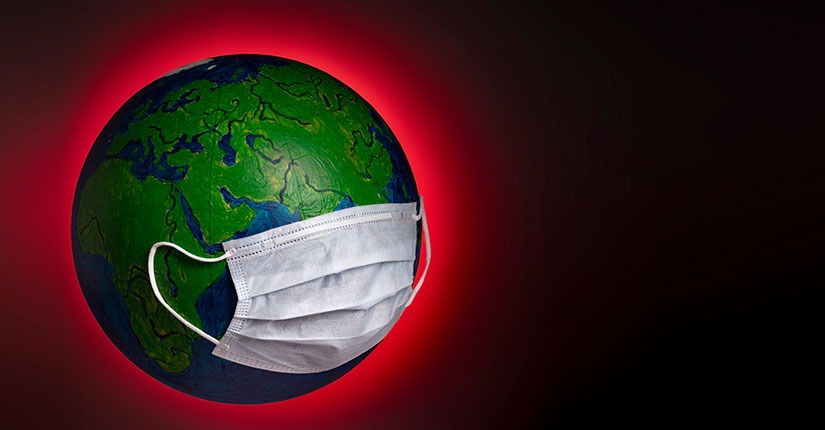
At the beginning of the novel coronavirus outbreak in India, there were initial theories that the COVID-19 virus may not be able to survive come the warmer and more humid months of the monsoon season. Since coronavirus is a new virus, scientists are not yet sure how the rain might affect its behaviour. So the effort is to look for clues in the way other similar viruses behave during the rainy season.
Does climate really play a role in the spread of COVID-19?
Early studies looking at data from Wuhan and other parts of China used regression models to suggest that the virus could transmit better in cold, dry weather. However, these models were based on the limited data available during that time. Also, ecological studies such as these are indicative but the causality is impossible to establish as regional differences are important factors. At least one study that examined the effects of absolute humidity and temperature on the number of cases throughout China warned that in the absence of public health interventions, rising temperatures and increasing humidity alone would not stop an increase in the number of cases.
But the comparison that is being made is that with influenza, which, like Covid-19, is similar to respiratory disease, though there are important differences in the way the two viruses replicate and affect human beings.
In fact, a research paper published by scientists at Massachusetts Institute of Technology (MIT) noted the same, stating that the monsoon may slow the transmission of COVID-19 in Asian countries, as humidity and temperature levels rose during the monsoon season. The MIT researchers found that, of the regions studied until March 22, 90 percent of all cases were recorded in geographies where temperatures variations were between 3 and 17 degrees Celsius, and humidity hovered between 4 and 9g/m3.
However, with reference to the publication of a paper, several health experts drew attention to countries like Thailand and Singapore where virus transmission is typically known to increase when the weather grows warmer and more humid.
The failure to arrive at a consensus provided us with yet another glimpse of how little we knew, and continue to know about the enigmatic virus. This is why we cannot predict much behaviour of the virus in humid situations. But, from what we have currently witnessed over the last two weeks of June, it does appear that the virus remains unhindered by the onset of the monsoon season, vindicating the critics of the MIT researchers’ findings.
With monsoon, the transmission rate of COVID-19 brings confusion
No doubt that large spells of a downpour are linked with the increased prevalence of other water-borne diseases like dengue, chikungunya and malaria and such other diseases share a number of symptoms with COVID-19 and are likely to create confusion over the true impact of the monsoon on the virus’ transmission rates.
Is our immunity still the same while we all were indoors for a long time?
Moreover, rising rates of the common cold caused by some strains of influenza are also linked with rain. However, some scientists have noted that there is still much to learn even over the seasonal behaviour of the influenza strain, and the relative impact that rains have in spreading these strains, within the context of other factors such as sunlight (a source of vitamin D), and changes in human behavioural patterns (staying indoors more often) which can cause an impact and create a question on people’s immunity.
Another question is about to what degree contraction of the virus from contact with contaminated surfaces is responsible for. Some have mentioned that a greater propensity to remain indoors during the wet season may reduce the transmission of the virus simply as a consequence of reduced probability. Various other factors like sunlight and Vitamin D levels in people are also responsible for how these diseases spread. In addition, it is not very clear how much transmission happens through surfaces (as against human contact, or through the air). Another opinion says that only little contamination happens through surfaces and, that during the rainy season, it would not affect indoor surfaces at all but still facts are unclear.
Over to you
As predicted, the second wave of the outbreak may come back in late July or August in the monsoon, although the peak timing will depend on how we control social distancing during that time. There is no single factor like temperature or rainfall or staying indoors that can be said to have a decisive impact on the virus to change its nature.
We hope that the downpour will help wash away the virus, and cleanse India’s streets but truth be told, several studies say that it may take several years before we will be able to say with any degree of certainty how the changing seasons affect COVID-19‘s reproduction number or how faster it could multiple in monsoon. For the time being, the only thing we should practice to rely on what we do know is continuing to practice safe hand washing hygiene and maintain social distancing.

